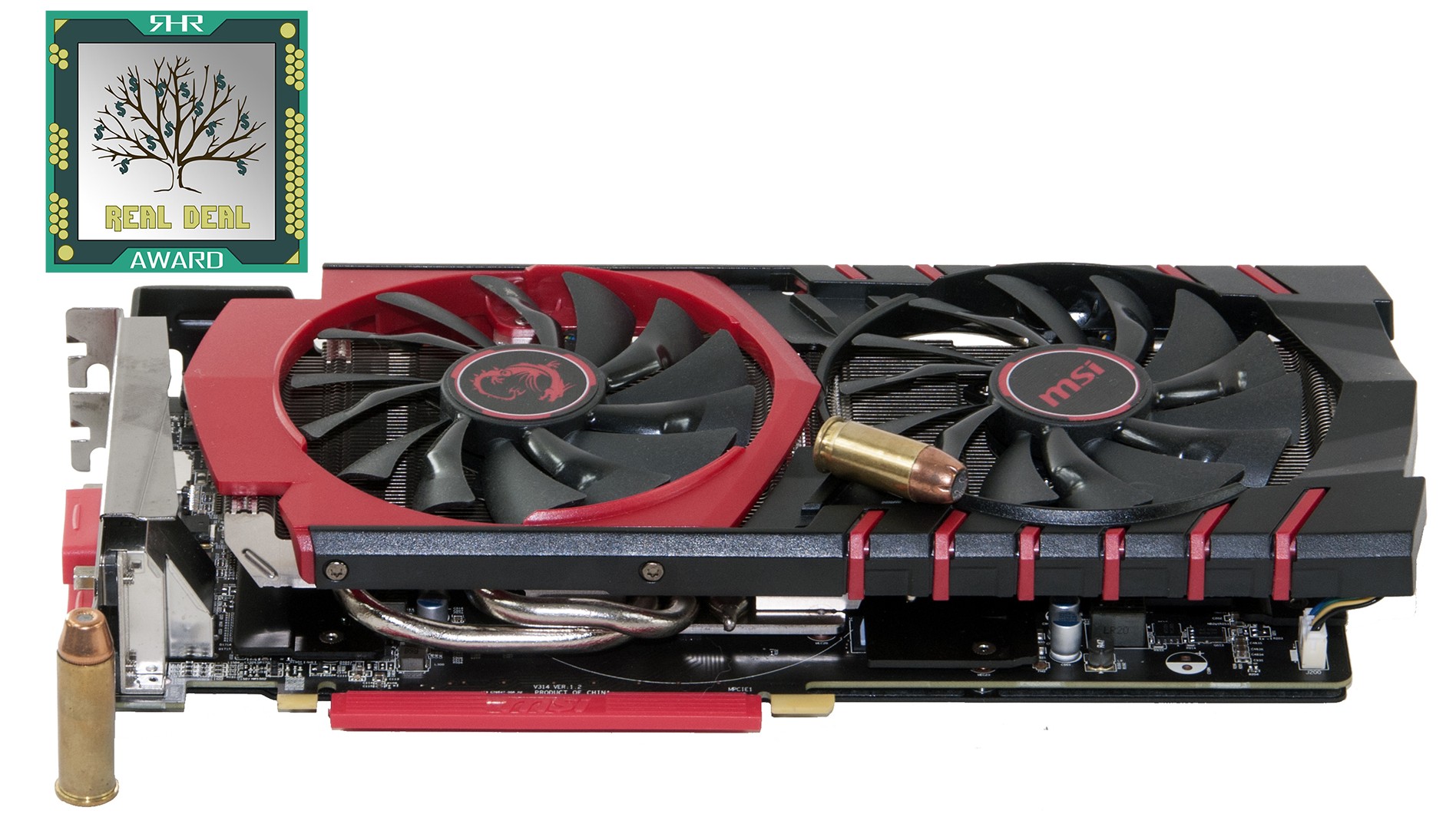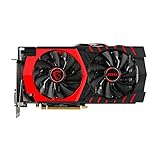No matter what you may feel about AMD overclocking an ‘older’ GPU, rebranding it the Antigua and then calling it the ‘all new’ – with all new prices – R9 380, the fact of the matter is this core still gets the job done. Put simply, the brute force approach of applying liberal dose of overclocking and leveraging their wider bus means that the R9 380 can still compete against the likes of the NVIDIA GTX 960. This goes double when you are talking about a factory overclocked (i.e. overclock on top of the AMD ‘stock’ overclock) MSI R9 380 Gaming 2G. This card is fast, is quite, and it is a rather potent $210 video card. Based on the result we obtained we simply cannot recommend going the reference 960 route to anyone…newer technology or not.
Of course when you compare this card against a factory overclocked GTX 960 – such as MSI’s own GTX 960 Gaming 2G, things are not quite as clear cut and it really will come down to a couple major deciding factors on which way the typical consumer should go. The first is whether or not you plan on manually overclocking your card or running it at it’s out of the box speeds. Factory vs Factory the Team Red MSI R9 380 Gaming card has a slight edge; however the exact opposite is true if you plan to push the boundaries. Basically MSI has almost fully tapped out the components they use in their AMD R9 380 card; whereas the 960 counterpart still has some gas left in the tank – especially on the RAM side of the coin which helps the smaller GTX 960 bus gain some lost ground to the R9 380’s 256-bit bus.
Before you stop reading and go ‘oh that means X is right for me’ there is one last modifier you need to take into consideration: the games you play. If you mainly play NVIDIA “The Way It Is Meant To Be Played’ based games the NVIDIA card is a slightly more optimal solution for your needs. If you mainly play AMD centric games that are part of AMD’s “Gaming Evolved” using AMD cards will give you an edge. This is even more factual if you have a NVIDIA G-SYNC monitor or AMD FreeSync monitor.
In either case, power consumption, noise, or even heat, is really a non-issue and not a good way to choose one card over the other. Power consumption is mainly a canard that may look like a massive difference on paper…but really is not all that big a deal in the real world. As for noise, both of these cards have excellent custom heatsink and fan designs that are more than capable of cooling their perspective cores, and do it at rather moderate noise levels.
Equally important is this R9 380 Gaming 2G card is so bloody good, and offers so much more, that consumers who really only want to spend $150 – $160 and get a GTX 950 or AMD R7 370 should dig deeper and find the extra money for this class of card. You get so much more bang for your buck it is not even funny. Things like being able to run at 1440P and not just 1080P resolutions, FreeSync compatibility, and even bridge free CrossFire; all these little things add up to make the R9 380 Gaming 2 a monstrously better card than anything you can find in the $150 – $160 range… just as it should.












